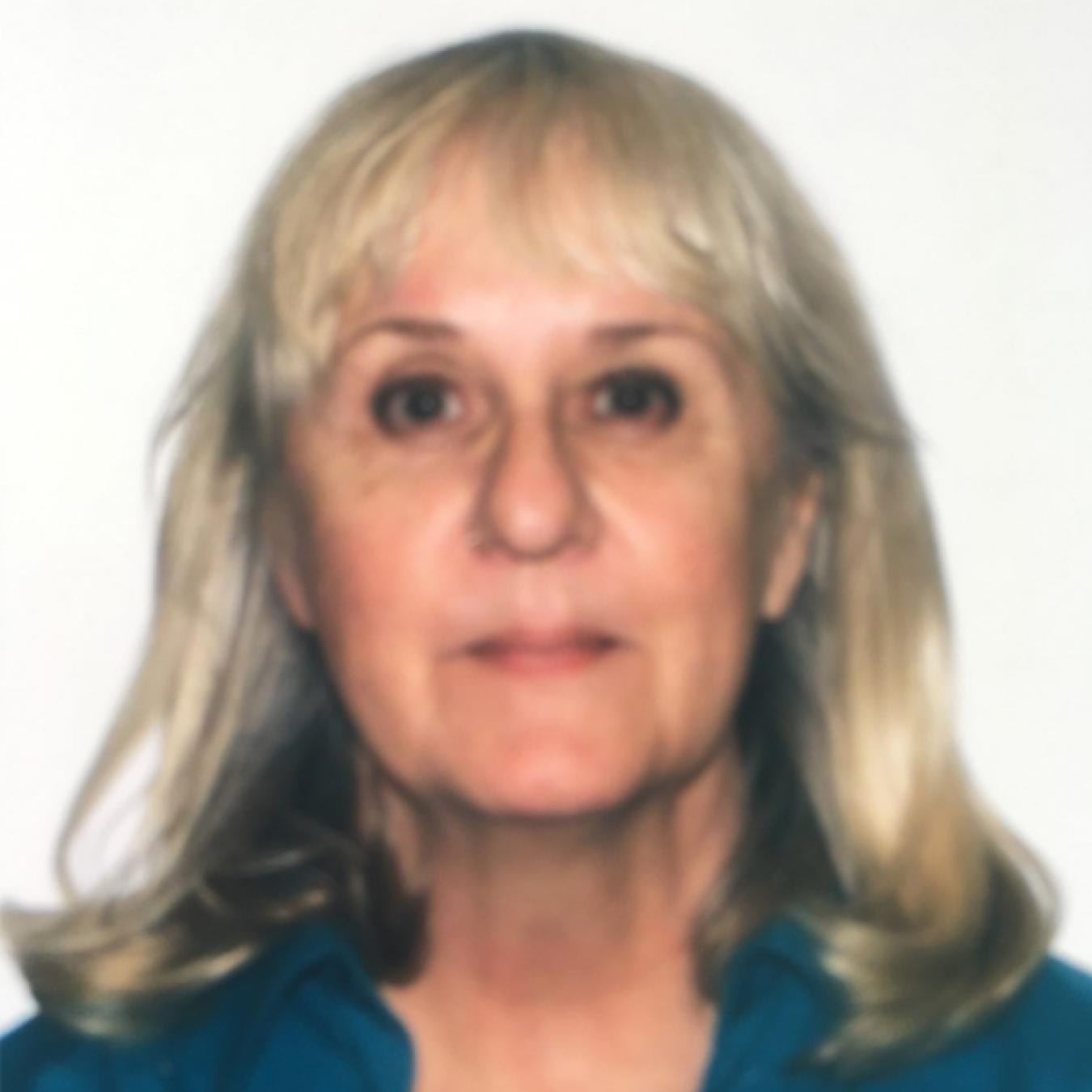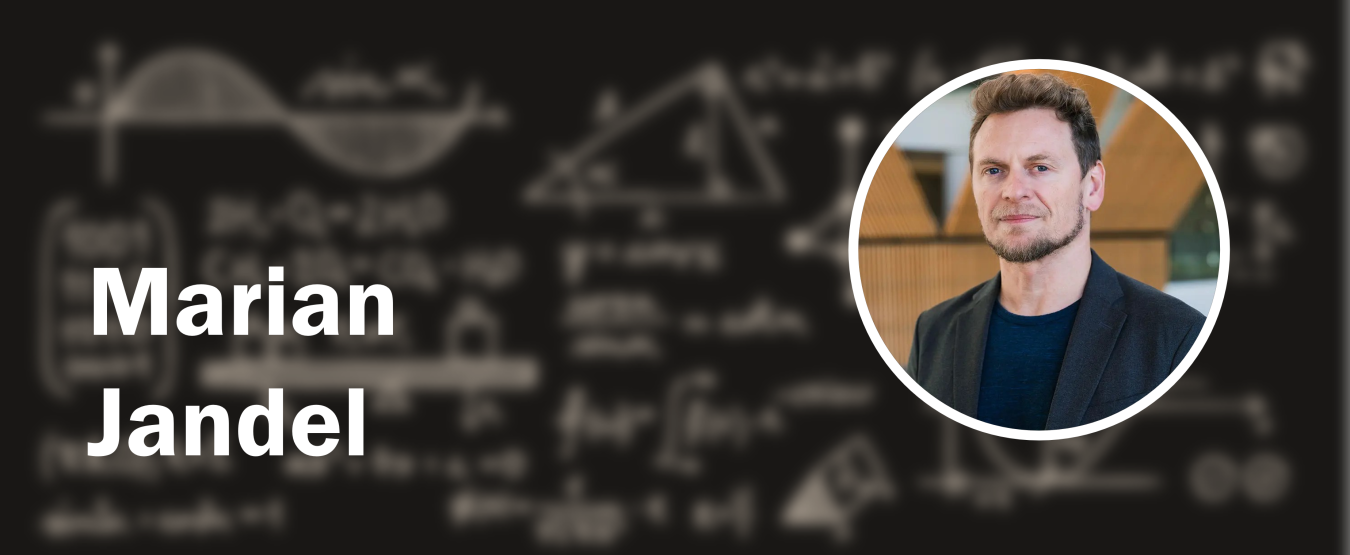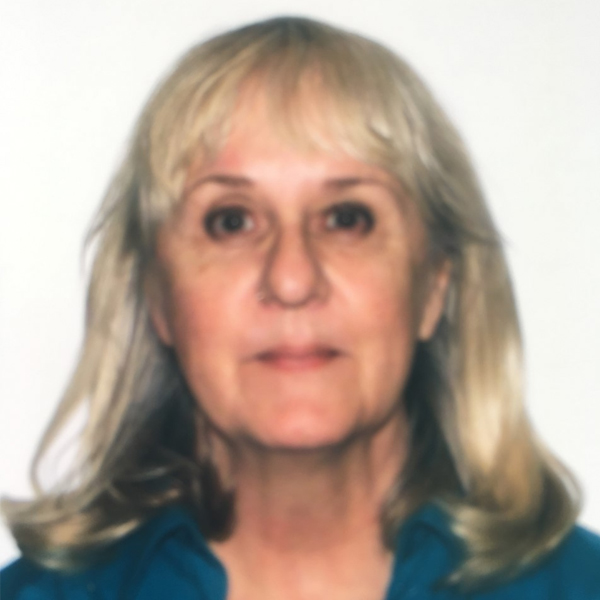Marian Jandel at the University of Massachusetts Lowell is obtaining precise nuclear data measurements to advance our knowledge of neutron reactions.
July 21, 2025Sandra Allen McLean

Sandra Allen McLean (sandra.mclean@science.doe.gov) is a communications specialist for the Office of Science in the Office of Communications and Public Affairs. Sandra is responsible for identifying, curating, or creating lay-language content about Office of Science-funded research for DOE web sites, popular and trade media, and stakeholder education. She researches and writes the historical Milestone Tweets for the office Twitter account @DOEScience.
Sandra holds an associate degree in American Sign Language interpreting, a bachelor’s in science journalism and biology, and a master’s in Information Sciences. Her hobbies are sewing – especially costumes! – and lesesucht, compounded by extreme tsundoku.
WHAT DID THE 2013 EARLY CAREER AWARD ALLOW YOU TO DO?
Accurate nuclear data are critical for advancing our knowledge of many different fields. These include nucleosynthesis, weak interaction physics, dark matter interactions, nuclear reactors, nuclear forensics, non-proliferation, and stewardship of our nuclear weapons stockpile.
Data on neutron cross-sections (the likelihood of a neutron interacting with the nucleus of an atom) for many nuclei have large uncertainties. There are also discrepancies between past measurements. To improve the situation, new measurements are needed. Researchers can make these new measurements with modern experimental techniques and advanced radiation detection technologies.
The Department of Energy (DOE) Early Career award enabled me and my team to propose and carry out new measurements of reactions with incident neutrons. That is when a neutron interacts with a material, causing nuclear reactions. We carried out these measurements on uranium samples at the DOE’s Los Alamos National Laboratory. We successfully measured the capture cross sections of U-234, U-235, U-236, and U-238.
The measurements were made possible using the modern detector system DANCE (Detector for Advanced Neutron Capture Experiments) and the pulsed source of neutrons at the Los Alamos Neutron Science Center (LANSCE).
An exciting part of this project was the design and construction of a new detector array that was installed in the center of the DANCE array. The new array enabled measurements of neutrons and gamma rays that originated nanoseconds after the neutron reaction. We have published the first data on correlations between neutrons and gamma rays for the fission of U-236 and Cf-252. We plan more detailed measurements with these detector arrays in the future.
Three postdoctoral research associates contributed to this project and have continued their careers in U.S. national research laboratories.
My experiences from this project enabled me to set up a Nuclear Application and Nuclear Data Group at the University of Massachusetts (UMass) Lowell. Here, I am continuing to research nuclear reactions with neutrons. We use neutrons from our UMass Lowell Research Reactor. These new experiments use a variety of modern detector systems to provide unique hands-on research experience for undergraduate and graduate students.
ABOUT:
Marian Jandel is an associate professor in the Department of Physics and Applied Physics - Radiological Sciences, Nuclear Applications and Nuclear Data Group at the University of Massachusetts Lowell.
SUPPORTING THE DOE SC MISSION:
The Early Career Research Program provides financial support that is foundational to early career investigators, enabling them to define and direct independent research in areas important to DOE missions. The development of outstanding scientists and research leaders is of paramount importance to the Department of Energy Office of Science. By investing in the next generation of researchers, the Office of Science champions lifelong careers in discovery science.
For more information, please go to the Early Career Research Program page.
THE 2013 PROJECT ABSTRACT:
Title
New Data on Neutron Reactions Relevant to Basic and Applied Science
Abstract
Precise experimental data on nuclear reactions are essential for an improved understanding of a wide range of basic and applied problems in nuclear physics, including nucleosynthesis, weak interaction physics, dark matter detection, nuclear reactor operation, nuclear forensics, nuclear nonproliferation, and stockpile stewardship.
In this project, new experimental methods and data analysis techniques will be developed to enable the determination of high‐precision capture and neutron‐induced fission cross sections, through detailed measurements of capture gamma rays and prompt fission gamma rays. These experiments will be performed at the Detector for Advanced Neutron Capture Experiments (DANCE) facility at the Los Alamos Neutron Science Center (LANSCE), which can measure these cross sections over almost seven orders of magnitude of incident neutron energy. New correlated data from these measurements will provide insights into the physics of the electromagnetic decays of nuclei, nuclear fission, and properties of excited nuclei.
In addition, challenging measurements of neutron‐induced reactions on short‐lived nuclei will be carried out at DANCE and at the Lead Slowing‐Down Spectrometer (LSDS), once suitable radioactive targets become available.
RESOURCES:
B Baramsai, M Jandel, TA Bredeweg, EM Bond, AR Roman, G Rusev, CL Walker, A Couture, S Mosby, JM O'Donnell, JL Ullmann, T Kawano, “Radiative neutron capture cross section from 236U.” Phys. Rev. C96, 024619 (2017). [DOI: 10.1103/PhysRevC.96.024619]
M Jandel, B Baramsai, E Bond, G Rusev, C Walker, TA Bredeweg, MB Chadwick, A Couture, MM Fowler, and A Hayes et al., “Capture and fission with DANCE and NEUANCE.” Eur. Phys. J. A 51, 179 (2015). [DOI: 10.1140/epja/i2015-15179-7]
M Jandel, B Baramsai, TA Bredeweg, A Couture, A Favalli, AC Hayes, KD Ianakiev, ML Iliev, T Kawano, S Mosby et al., “Correlated fission data measurements with DANCE and NEUANCE.” Nucl. Instrum. Methods Phys. Res. A, 882, 105 (2018). [DOI: 10.1016/j.nima.2017.10.097]
Additional profiles of the Early Career Research Program award recipients can be found at the Early Career Program highlights page.
The Office of Science is the single largest supporter of basic research in the physical sciences in the United States and is working to address some of the most pressing challenges of our time. For more information, please visit the Office of Science website.



